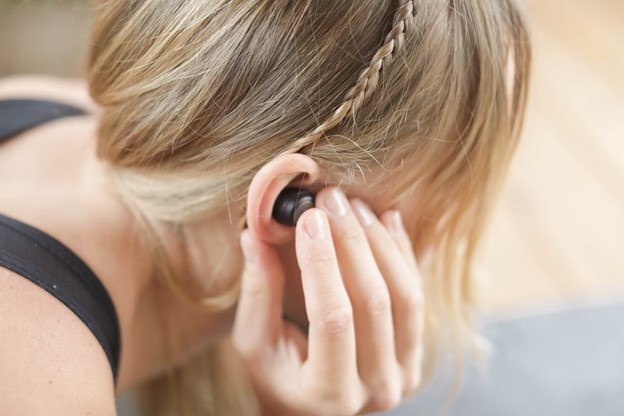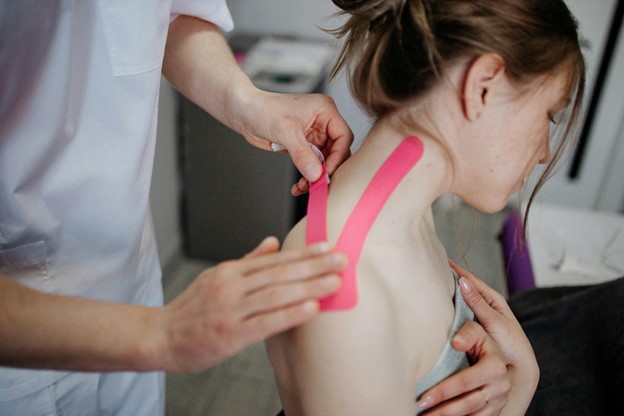My blog focuses on Health/Wellness. Single dads are not talked about often in western societies, but they exist. They also need to be mindful of their health. The following contributed post is entitled, Looking After Your Health As A Single Dad.
* * *
If you are a single dad then you need to be thinking about how well you look after your health. The last thing you want or need is to constantly be getting struck down with a cold or the flu, that season is fast approaching. If you aren’t sure how to look after your health then it is probably best to take it back to basics. Check out the article below to find out more.

Diet
One of the most important parts of staying healthy is your diet. If you have children then you want to be showing them what eating healthy looks like. Of course, you can all enjoy some junk food every so often but not constantly. Having children means you might need to learn to cook a few healthy meals, check out online recipes to see what you can try. Don’t be afraid to get the kids in the kitchen as well, cooking is a life skill that they will have to learn at some point.
Exercise
Exercise is key and goes hand in hand with eating the right foods. If you love exercise and attend the gym regularly then you already know what you are doing, this is great. However, if you aren’t too keen on exercise then you may be struggling to find something you enjoy. Try to incorporate at least 45 minutes of exercise into your daily routine each day. This may sound like a lot but it is very achievable, it could be going for a swim or a run during your lunch break or in the evenings.
Sleep
Another vitally important part of looking after your health is getting enough sleep. As a single parent, you may be up regularly through the night. This all depends on how old your children are, perhaps they sleep through the whole night. If this is the case then you should be aiming for around six to eight hours of solid sleep each night. Failure to get this can result in you feeling exhausted and lacking the energy you need to function. If you continuously miss out on vital hours of sleep then it may be time to visit your doctor to see if there is a solution you could try.
Look After Your Mental Health
Finally, it isn’t just your physical health that you need to be thinking about. Your mental health is equally as important as one won’t function well without the other. If you begin to notice signs of stress or other mental health conditions then you need to address this right away. Stress is known as the silent killer and with good reason, it can strike when you least expect it.
If you want to meet other dads in your position then you could look into single dad support groups. Here, you can make new friends who will support you through life. Your kids could even be the same age so perfect for playdates and meets at the local park.
We hope you found this helpful and it gave you some ideas on how to look after your health as a single dad.













